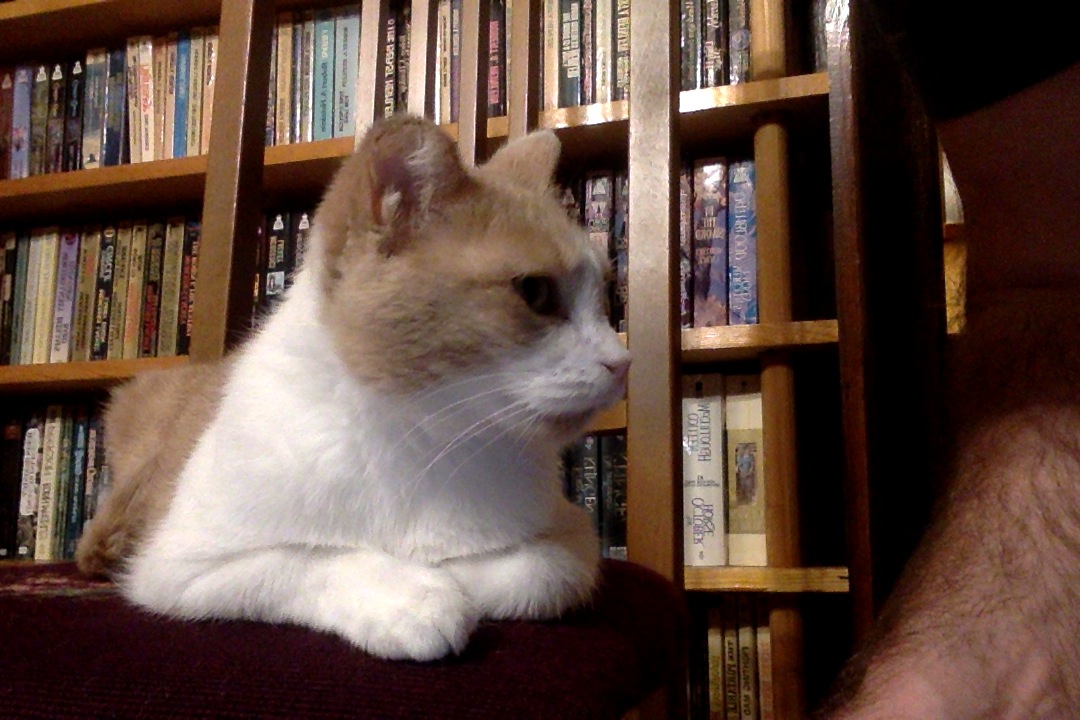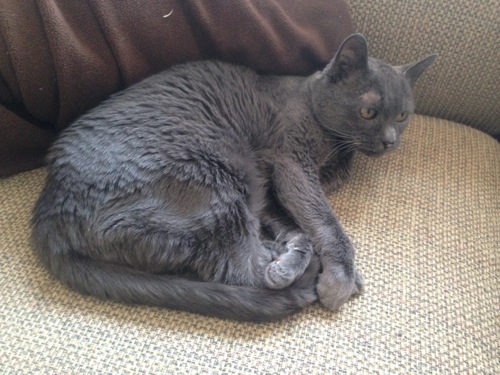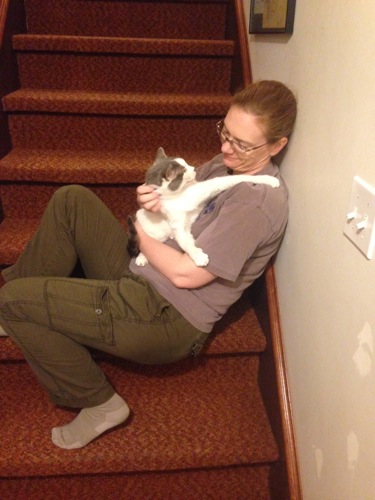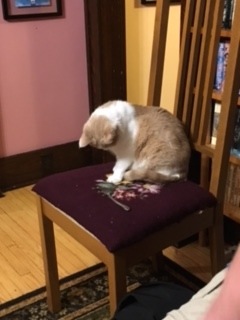I’m posting about queries as part of a project set up by Joshua Palmatier to help newer writers deal with some of the scarier parts of trying to sell a novel. There are three parts, each with a master page linking out to all the participating writers.
The query project.
The synopsis project.
I’ve never written directly about queries before because I’ve never actually written one myself* so take everything I say after this with a grain of salt. That said, the query is basically a combination of the cover letter and the single page pitch both of which I’ve done about a zillion times at this point in my career, often successfully.
So, first, the cover letter part. Keep it as short and simple as possible. My cover letters go something like this:
Dear: (GET THE NAME RIGHT!!)
I’m Kelly McCullough, author of (three most relevant publications here**).***
(Insert personal connection if appropriate here)****
I am looking to place the (novel title here) or, I am looking for representation, my latest novel is (novel title here).
One page or shorter novel pitch goes here (more on that below the break).
Thank you,
Kelly McCullough
____Arbitrary break to provide someplace for cover letter footnotes_________
*I got my agent through a truly bizarre process, but he’s done very well for me.
**If you’ve you’ve got them.
***Which three of my publications or series are most relevant depends in what I’m pitching and who I’m pitching it to. Basically, my novel resume is not the same as my fiction for science education resume, and it’s important to remember audience.
****”I met you at ArghCON, we discussed my work, and you suggested I send you something” and the like is appropriate. Most other things probably aren’t.
_________________ONWARD____________________
Now for the short pitch segment, I’m going to play to my strengths, laziness and organization and pull from previous things I’ve written on pitch sheets and only update the bits I feel need it. So, stealing from myself:
I’ve already covered some of what a pitch needs to do and how to do in the post on elevator pitches and I’ll go into it further in my post on synopses, so I’m just going to post a diverse set of examples here. Below you will find a pitch for a novel I’ve never written, one for a novel I’ve written and haven’t yet sold (though I’ve had it almost sell three times), and one for the first novel I sold, WebMage. All of these are exactly as they went out to editors. After each pitch I’ll include a brief note. Oh, and there will obviously be major spoilers.
The rest of this post is beyond the cut to hide the spoilers and because it’s enormous.
Continue reading “Queries…Or, I May Be Talking Through My Hat”







